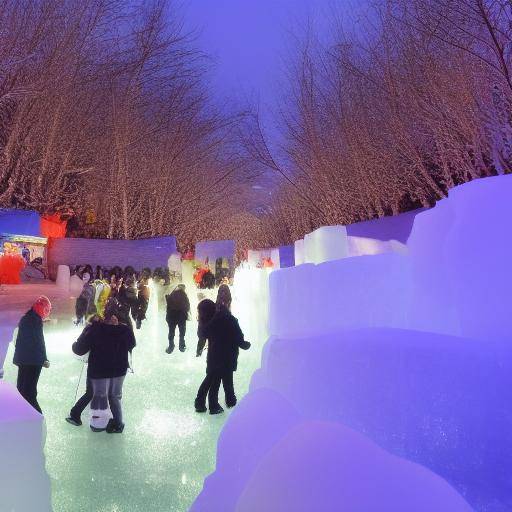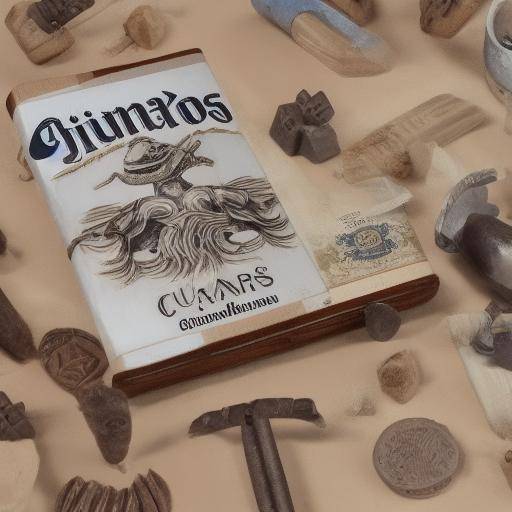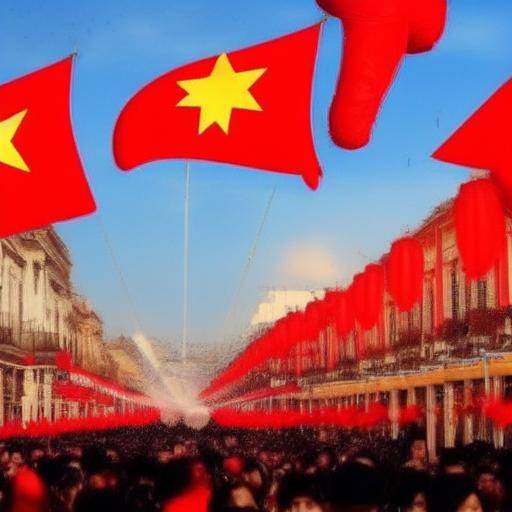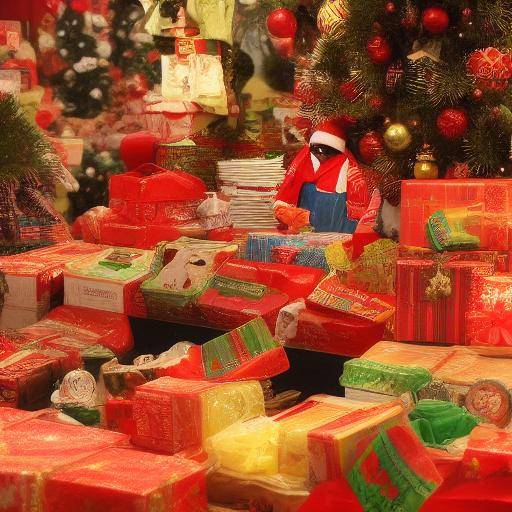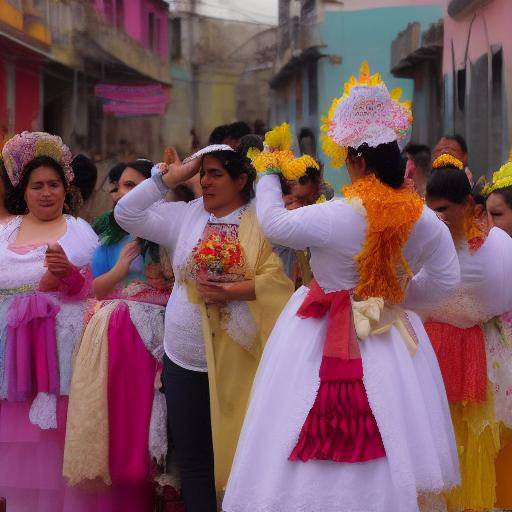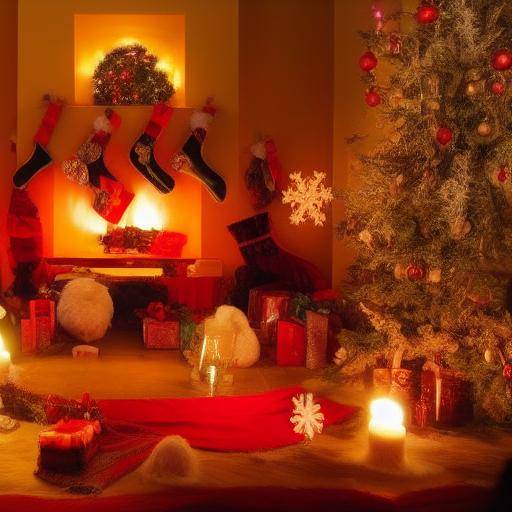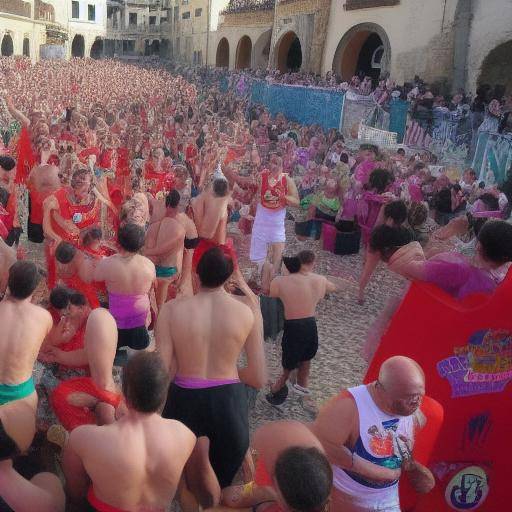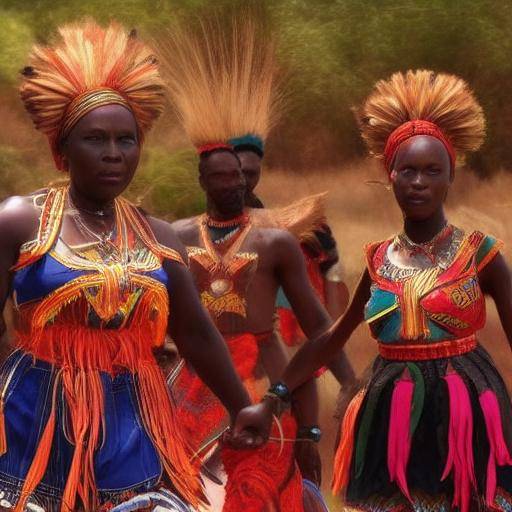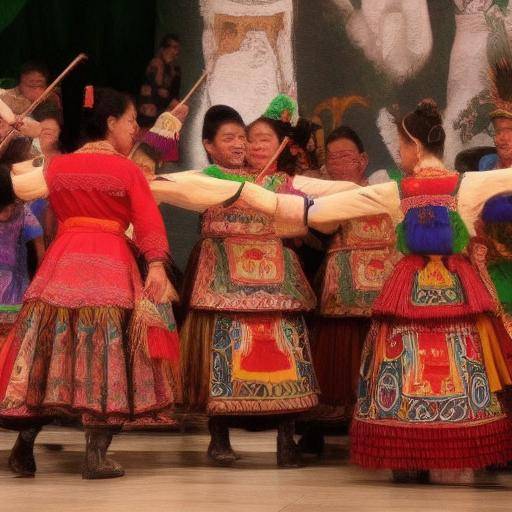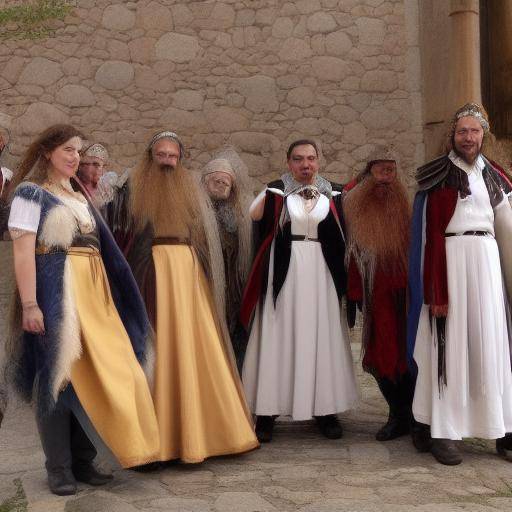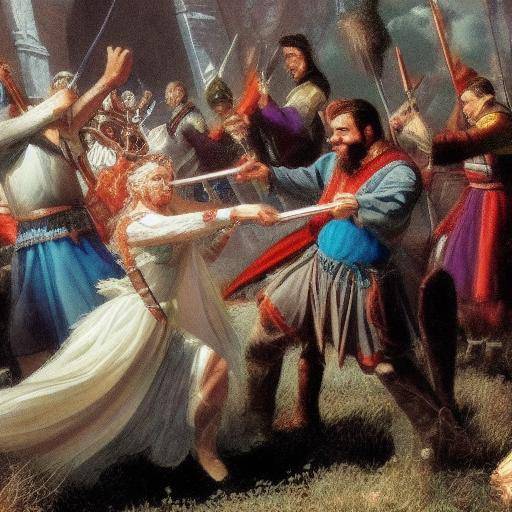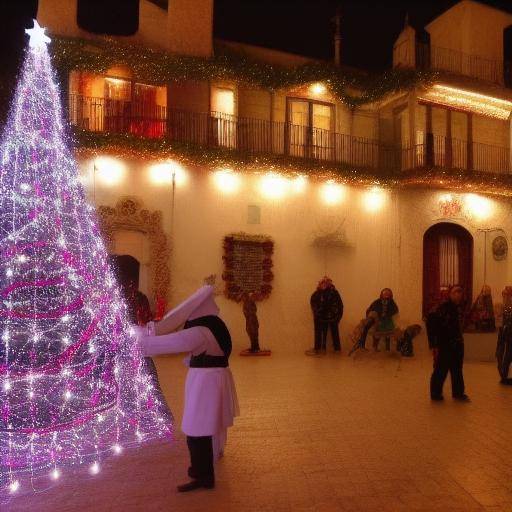
Christmas is a magical moment that is celebrated in different ways around the world. However, Christmas in Scandinavian countries has a special charm, full of rooted traditions and legends that have endured over the years. In this article, we will explore the fascinating Scandinavian Christmas, the long-awaited winter festivals and the charming legends that form part of this magical era. We will immerse ourselves in the enchanted Christmas world in Scandinavia and discover what makes these traditions so unique and special.
Introduction
Christmas in Scandinavia is a moment of great joy and celebration. The region is composed of different countries, each with its own traditions and customs that make this era truly unique. During this season, the Scandinavians immerse themselves in a world of winter festivals, deep-rooted traditions and significant legends that have been transmitted from generation to generation. Join us to discover the magic of Scandinavian Christmas as we explore its most outstanding winter festivals and the charming legends that form part of this rich tradition.
Christmas Scandinavia: Winter Festivals
Origins and Traditions
Scandinavian Christmas has its roots in ancient pagan celebrations that over time intertwined with the Christian holidays. These traditions include the celebration of the winter solstice, meetings around the fire, folkloric dances and decoration with symbols of protection and prosperity. These practices have evolved to be an integral part of the celebration of Christmas in Scandinavia, creating a unique experience that combines ancient and Christian elements.
Saint Lucia Festival
One of the most prominent winter festivals in the Scandinavian region is the Saint Lucia Festival, which is held on 13 December. This festival commemorates Saint Lucia, the bearer of light in the darkness of winter. The festivities include processions of children wearing candles, dressed in white robes and candle crowns in the head, symbolizing the arrival of light in the middle of the winter darkness. This tradition is especially popular in Sweden, where communities gather to share songs, sweets and joy.
Julblot
Another significant winter festival is the Julblot, an ancient ceremony that was held in honor of the ancient Scandinavian gods during the winter solstice. Although its original meaning has evolved, Julblot remains an opportunity to meet, share traditional meals such as Julgröt (Reds) and Julskinka (Christmas Ware), and enjoy the company of family and friends.
Julebord
Julebord is a Norwegian tradition that focuses on festive meals shared between colleagues, friends or families. This celebration, similar to a Christmas dinner, is an occasion to enjoy traditional dishes, songs, dances and joy. Julebord is an important part of the Christmas celebration in Norway, which emphasizes camaraderie and generosity.
Legends of Scandinavian Christmas
The Knight of Christmas
One of the legendary figures of Scandinavian Christmas is the Knight of Christmas, known for his generosity and ability to bestow blessings on those who find him in the forest during Christmas Eve. According to legend, the Knight of Christmas descends from the mountains to give joy and fortune to those who have proved to be charitable and compassionate during the year.
The Julbok Cabra
Another popular legend is the story of the Julbok Cabra, a giant goat that is believed to accompany the Santa Claus himself. According to tradition, Julbok represents the goat that pulled from the chariot of the Nordic god Thor and has become a symbol of good luck and protection. In certain Scandinavian regions, large statues of Julbok are erected to welcome Christmas and chase away the evil spirits.
The Kings of Christmas
Christmas goblins, known as "nisse" in Denmark and Norway, and "tote" in Sweden, are mythical creatures that are believed to dwell on farms and houses during Christmas. These elves are said to protect the home and the family, but they can also cause mischief if they are not treated with respect and generosity. The stories of Christmas elves are an integral part of Scandinavian tradition, and are enthusiastic during the festive season.
Conclusion
In conclusion, Scandinavian Christmas is a celebration full of deep-rooted traditions, charming winter festivals and fascinating legends that have passed from generation to generation. From the celebration of the winter solstice to the feasts of Saint Lucia and the presence of mythical creatures such as the elves of Christmas, Christmas in Scandinavia is a unique experience that combines the rich history of the region with the joy and generosity of the festive season.
We hope that by exploring these traditions and legends, you have felt the magic of Scandinavian Christmas and you have been excited to discover the wonders that the festive season offers in this unique region. Happy holidays!
Frequently asked questions
What is the most emblematic tradition of Scandinavian Christmas?
The most emblematic tradition of Scandinavian Christmas varies according to the country, but the celebration of the winter solstice and the Festival of Saint Lucia are two of the most outstanding holidays.
What is the typical dish of Scandinavian Christmas?
Typical Scandinavian Christmas dishes include Julgröt (Red Rice) in Sweden, Julekake (Christmas Pan) in Norway and Risalamande (Red with Milk) in Denmark.
What do Christmas elves mean in Scandinavian tradition?
Christmas goblins, known as "nisse" or "tomte", are mythical creatures that are believed to protect the home and family during Christmas. They are symbols of good luck and generosity.
What is the most outstanding winter festival at Scandinavian Christmas?
The Saint Lucia Festival is one of the most outstanding winter festivals in Scandinavian Christmas, especially popular in Sweden.
When does the celebration of Christmas begin in Scandinavia?
The celebration of Christmas in Scandinavia begins on the eve of December 24 and continues until St. Stephen's Day on December 26.
What is the meaning of the Julbok Cabra at Scandinavian Christmas?
The Julbok Cabra has become a symbol of good luck and protection at Scandinavian Christmas, associated with the celebration of Christmas and the protection of the home.
With these frequent questions, we have addressed some of the common consultations on Scandinavian Christmas, winter festivals and associated legends. If you want to know more, do not hesitate to explore more about these fascinating traditions. Merry Christmas and Happy New Year!


